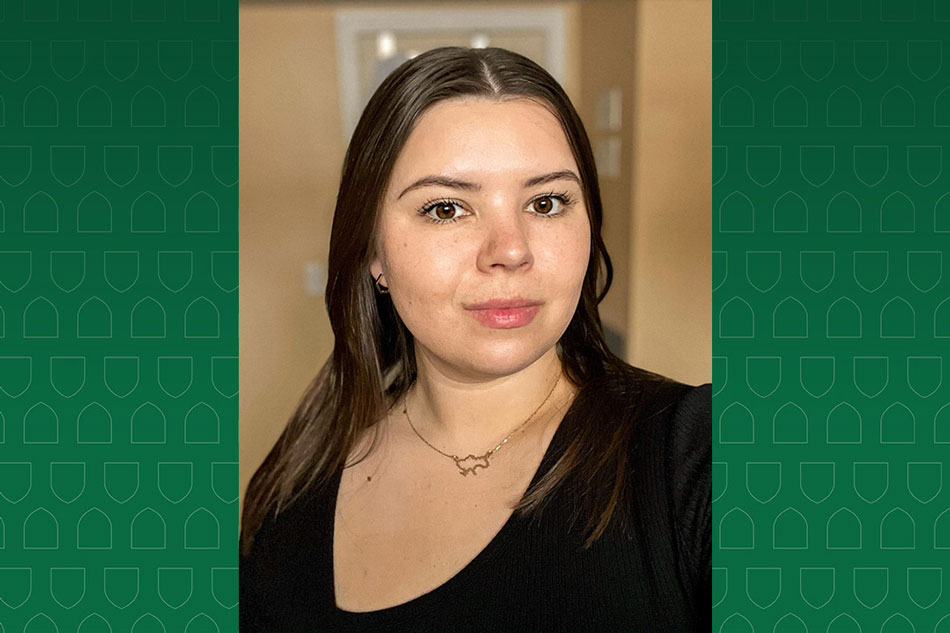
Young Innovators: USask researchers lead promising advances in MS treatments
New treatments for promoting nerve cells regrowth in those with Multiple Sclerosis (MS) are inviting optimism after pre-clinical trials at the University of Saskatchewan (USask).
By Lindsay Herman, Research Profile and ImpactSaskatchewan is home to some of the highest rates of MS in the world. A distinct and debilitating characteristic of this disease is its damage to nerve cells, which over time contributes to declining physical function and reduced quality of life. Nataliya Tokarska (BSc'18, MSc'20) knows first-hand how devastating MS can be for families.
Through her graduate research at USask with Dr. Valerie Verge (PhD), professor of anatomy, physiology and pharmacology and director of the Cameco MS Neuroscience Research Centre, she’s met and connected with many individuals living with MS, as well as their families, friends and caregivers.
“Witnessing the struggles that come with MS has reinforced how impactful it would be to find another alternative therapy,” she said.
Motivated by the patients around her, Tokarska is conducting research that encourages the regenerating capacity of damaged nerve cells. Her innovative work is garnering encouraging pre-clinical results.
This unique, alternative therapy – known as acute intermittent hypoxia (AIH) – involves exposing a subject to alternating periods of normal and reduced oxygen levels. While this technique has been examined in relation to spinal cord injuries, Tokarska’s work is applying the technique to MS.
“This research has shown that AIH can induce repair and protect the nervous system in an animal model of MS,” said Tokarska.
The results of her trials are highly promising and showed reduced levels of disability and indicators of heightened nerve cell protection and repair. The treatment also resulted in reduced levels of inflammation and a shift towards a “pro-repair state” in remaining areas of nerve damage. These positive results lasted for at least two weeks (last timepoint examined) following the end of treatment.
Tokarska noted that this work builds on the findings of others from the Verge lab within the Cameco MS Neuroscience Research Centre at USask. Studies from others within her research group have demonstrated the impact of electrical nerve stimulation in supporting nerve cell firing and encouraging healing in damaged cells. Unfortunately, these procedures are invasive and not easily applied in the case of MS, where lesions can occur anywhere in the brain and spinal cord.
The AIH treatment encourages a similar reparative effect within nerve cells, with the added benefit of being non-invasive. The lab is now completing additional pre-clinical work on the effects of AIH on MS and is on the road to entering AIH into clinical trials in humans with MS.
“We are very excited and hopeful about AIH’s potential to repair and protect in cases of MS,” said Tokarska.
Tokarska and her graduate supervisor Dr. Valerie Verge (PhD) received funding from MS Canada and the USask College of Medicine to complete this work.
This article first ran as part of the 2024 Young Innovators series, an initiative of the USask Research Profile and Impact office in partnership with the Saskatoon StarPhoenix.
Together, we will undertake the research the world needs. We invite you to join by supporting critical research at USask.


